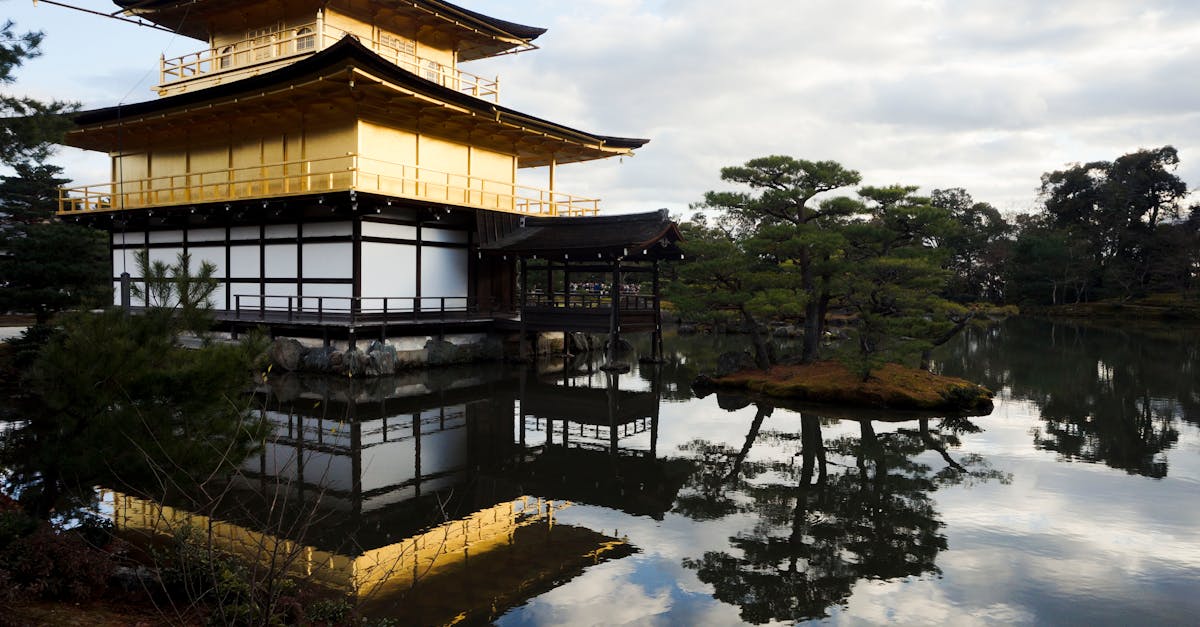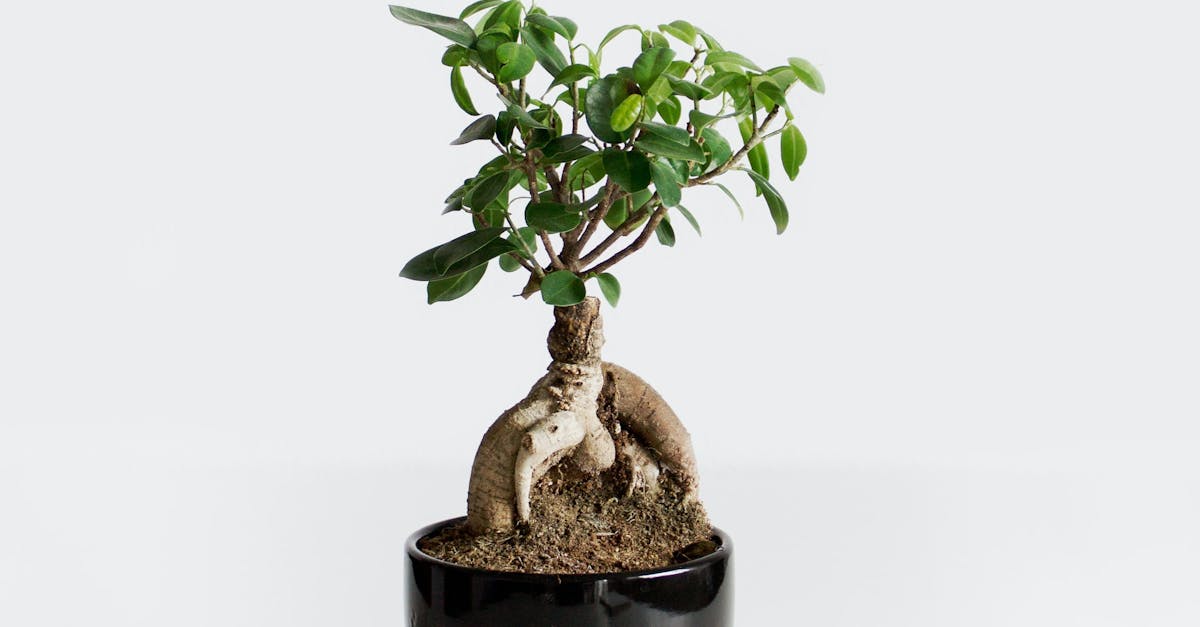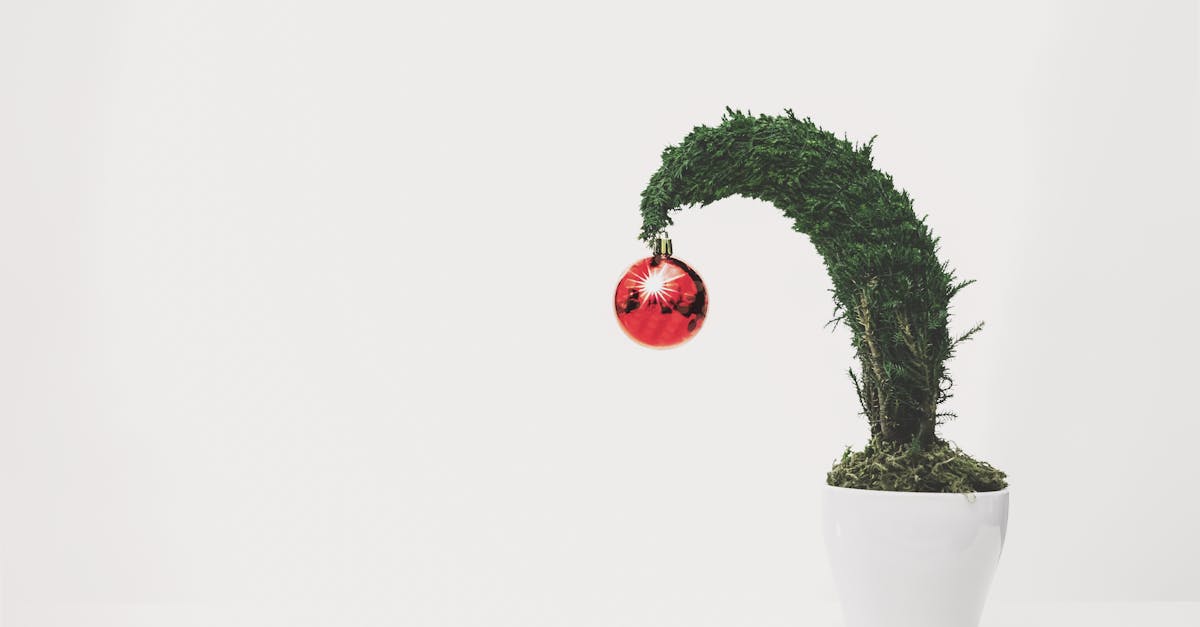A Journey into the Enchanting World of Citrus Bonsai
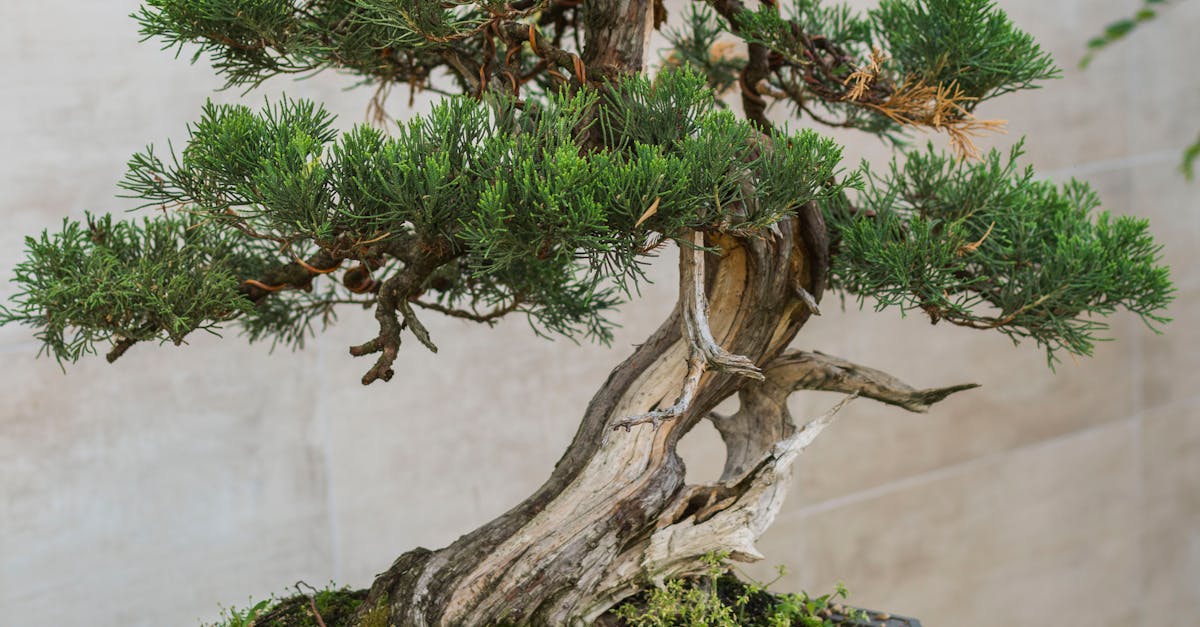
Citrus Bonsai: A Work of Art in Miniature
The ancient practice of bonsai, originating in China over a millennium ago, has captivated enthusiasts worldwide with its intricate artistry and connection to nature. Among the diverse array of trees cultivated as bonsai, citrus trees stand out for their unique charm and suitability for this miniature gardening technique. With their captivating foliage, fragrant blossoms, and the potential to bear miniature fruits, citrus bonsai offer a delightful blend of aesthetics and horticultural delight.
Embarking on the journey of citrus bonsai cultivation unveils a world of possibilities. From selecting the perfect variety to mastering the art of pruning and shaping, each step in the process presents opportunities for creativity and the pursuit of perfection. This comprehensive guide will equip you with the knowledge and techniques to cultivate and style your own miniature citrus masterpiece, transforming your home or garden into a serene oasis of natural beauty.
1. Embarking on the Journey of Citrus Bonsai
Embarking on the Journey of Citrus Bonsai
The world of citrus bonsai beckons with its captivating blend of artistry and horticulture. Citrus trees, renowned for their vibrant foliage, fragrant blossoms, and the potential to bear miniature fruits, possess unique characteristics that make them ideally suited for the ancient art of bonsai cultivation.
As you embark on this enchanting journey, you will discover the diverse range of citrus varieties available for bonsai, each boasting its own distinct attributes. From the compact and profusely fruiting Kumquat to the majestic and sculptural Meyer Lemon, the choice of variety sets the foundation for your miniature masterpiece. Understanding the growth habits, fruit characteristics, and suitability for different bonsai styles will guide your selection process.
Delving into the realm of bonsai aesthetics unveils a world of possibilities. Traditional Japanese styles, such as the formal upright, informal upright, and cascade styles, provide a framework for shaping and training your citrus bonsai. Each style embodies a unique philosophy and artistic expression, inviting you to create a miniature landscape that reflects your own creativity and vision.
Selecting the Right Citrus Variety
Selecting the Right Citrus Variety
The diverse world of citrus varieties offers a wealth of choices for bonsai enthusiasts, each possessing its own unique attributes and suitability for different bonsai styles. Understanding the growth habits, fruit characteristics, and specific requirements of each variety will empower you to make an informed selection that aligns with your creative vision.
For those seeking a compact and profusely fruiting bonsai, the Kumquat is an excellent choice. Its diminutive size and abundance of small, sweet fruits make it a delightful addition to any collection. The Meyer Lemon, renowned for its adaptability and ability to produce fragrant blossoms and full-sized fruits, is a popular choice for both beginners and experienced bonsai artists alike.
If you desire a more sculptural and majestic bonsai, the Ponderosa Lemon or the Buddha’s Hand Citron may be more suitable. These varieties are prized for their unique fruit shapes and can be trained to create striking and visually arresting bonsai specimens.
Bonsai Aesthetics: Understanding Styles and Forms
Bonsai Aesthetics: Understanding Styles and Forms
The world of bonsai aesthetics is a captivating realm where artistry and nature converge. Traditional Japanese bonsai styles, such as the formal upright, informal upright, and cascade styles, provide a framework for shaping and training citrus bonsai, guiding the artist’s hand in creating miniature landscapes that embody balance, harmony, and the illusion of age.
The formal upright style, with its straight trunk and branches that reach towards the sky, exudes a sense of strength and dignity. It is often used to showcase the natural beauty of a citrus tree’s trunk and foliage. The informal upright style, on the other hand, allows for more freedom and creativity, with the trunk and branches exhibiting natural curves and movement. This style captures the dynamic and organic qualities of nature.
The cascade style, characterized by its branches that flow downwards like a waterfall, adds a touch of drama and elegance to citrus bonsai. It is particularly suitable for varieties with long, flexible branches, such as the weeping willow. Mastering these traditional styles requires patience, observation, and a deep understanding of the tree’s growth habits and natural form.
Essential Tools for Bonsai Cultivation
Essential Tools for Bonsai Cultivation
Embarking on the journey of citrus bonsai cultivation requires equipping yourself with the necessary tools to nurture and shape these miniature marvels. Specialized snippers, wire, and various other implements play crucial roles in maintaining the delicate balance and aesthetics of bonsai trees.
Sharp and precise snippers are indispensable for pruning and shaping the tree’s branches and roots. Choose snippers that are specifically designed for bonsai, as they are smaller and more delicate than regular gardening shears. Wiring is another essential tool used to train and shape branches, guiding their growth and creating the desired form. Bonsai wire comes in different thicknesses and materials, each suited for different purposes.
Other essential tools include root hooks for gently teasing apart and trimming roots during repotting, tweezers for precise leaf and needle removal, and watering cans with fine nozzles for targeted watering. A sturdy and well-drained bonsai pot is also crucial for providing proper drainage and aeration to the tree’s roots.
2. Cultivating Your Citrus Bonsai
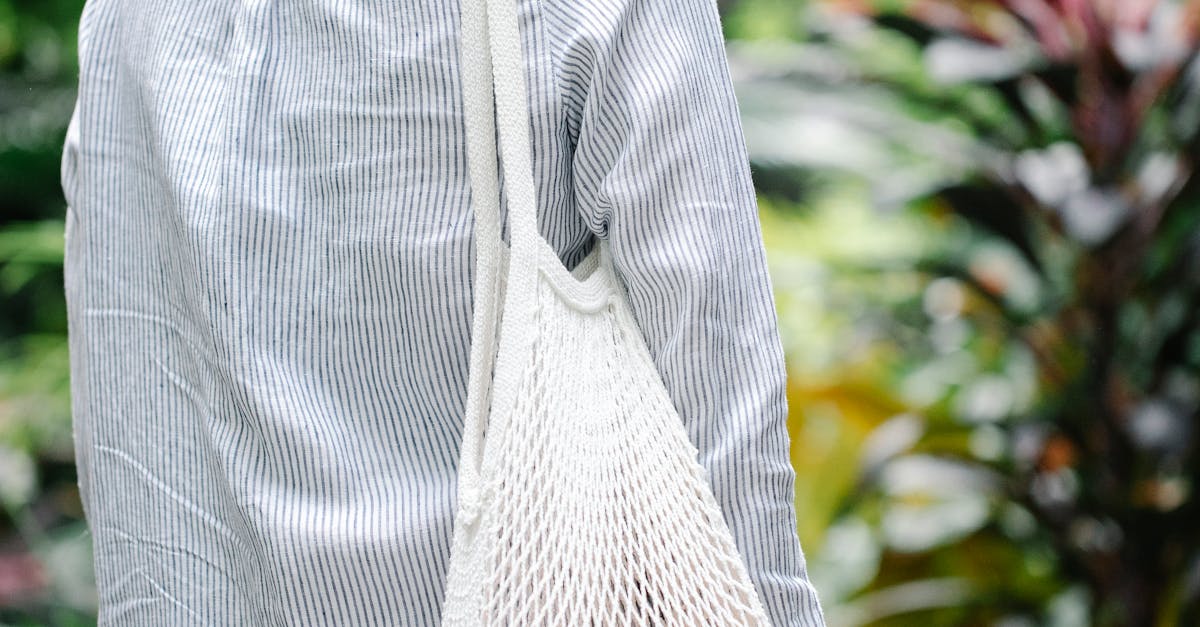
Cultivating Your Citrus Bonsai
Once you have selected your citrus variety and familiarized yourself with the essential tools, the exciting journey of cultivating your citrus bonsai begins. Providing the optimal conditions, employing the right techniques, and implementing proper care practices are paramount to nurturing the health and longevity of your miniature tree.
Citrus bonsai thrive in bright, indirect light and well-drained soil. Choose a location that receives ample sunlight, but protect your tree from harsh afternoon sun, which can scorch its leaves. Water regularly, allowing the soil to dry out slightly between waterings. Avoid overwatering, as this can lead to root rot.
Fertilize your citrus bonsai every few weeks during the growing season with a balanced bonsai fertilizer. Pruning and shaping are essential techniques for maintaining the desired form and size of your tree. Use sharp, clean tools to make precise cuts, and be mindful of the natural growth habit of your chosen variety.
Creating the Ideal Environment
Creating the Ideal Environment
Just like any living being, citrus bonsai trees thrive when provided with the right environmental conditions. Understanding the importance of sunlight, temperature, humidity, and air circulation will help you create an optimal environment for your miniature tree to flourish.
Citrus bonsai require ample sunlight to produce healthy foliage and flowers. Place your tree in a location that receives at least six hours of indirect sunlight per day. Avoid exposing your tree to harsh afternoon sun, as this can scorch its leaves. Temperature also plays a crucial role in the well-being of citrus bonsai. These trees prefer warm temperatures ranging from 60 to 80 degrees Fahrenheit (15 to 27 degrees Celsius). Protect your tree from extreme cold or heat, as this can damage its leaves and roots.
Humidity levels are another important factor to consider. Citrus bonsai prefer moderate to high humidity levels. Misting your tree regularly or placing it on a humidity tray can help increase the humidity around it. Good air circulation is also essential to prevent fungal diseases. Ensure that your tree is not placed in a stagnant or enclosed area, and provide adequate airflow by using a fan or opening windows.
Watering and Fertilizing: Nurturing Growth
Watering and Fertilizing: Nurturing Growth
Watering and fertilizing are essential aspects of citrus bonsai care, directly influencing the health and vitality of your miniature tree. Mastering the appropriate frequency, techniques, and nutrient requirements will ensure that your bonsai thrives and flourishes.
Water your citrus bonsai regularly, allowing the soil to dry out slightly between waterings. Avoid overwatering, as this can lead to root rot. The frequency of watering will vary depending on the size of your tree, the type of soil, and the climate. During the growing season, you may need to water your tree more frequently, while during the winter months, you can reduce the frequency.
Fertilizing your citrus bonsai every few weeks during the growing season is crucial for providing the necessary nutrients for healthy growth. Use a balanced bonsai fertilizer that is specifically formulated for citrus trees. Follow the instructions on the fertilizer package carefully, as over-fertilizing can damage your tree.
Pruning and Shaping: Cultivating Form
Pruning and Shaping: Cultivating Form
Pruning and shaping are essential techniques in the art of citrus bonsai, allowing you to train and guide the growth of your tree to achieve the desired aesthetic. Pruning involves selectively removing branches and leaves to control the size and shape of your bonsai, while wiring techniques help to bend and position branches to create a more refined and natural look.
When pruning your citrus bonsai, it is important to consider the natural growth habit of the tree and the desired style you are trying to achieve. Different pruning methods, such as pinching, cutting, and shortening, can be used to achieve specific results. Proper pruning techniques will promote healthy growth, encourage ramification (the development of new branches), and maintain the desired shape of your bonsai.
Wiring is another essential technique used to shape and train citrus bonsai. By carefully wrapping wire around branches, you can gently bend and position them to create curves, angles, and other desired effects. Wiring should be done with care to avoid damaging the tree’s bark or branches. As your bonsai grows, the wire can be gradually removed, allowing the branches to retain their new shape.
3. Combating Pests and Diseases: Preserving Health
Combating Pests and Diseases: Preserving Health
Citrus bonsai, like all plants, are susceptible to various pests and diseases that can threaten their health and vitality. It is important to be aware of these potential threats and to implement effective prevention and treatment methods to safeguard your miniature tree.
Common pests that can infest citrus bonsai include aphids, scale insects, and mealybugs. These pests can feed on the leaves and stems of your tree, causing damage and weakening its overall health. Regular inspection of your bonsai will help you detect infestations early on, allowing you to take prompt action.
Citrus trees are also susceptible to a range of diseases, including citrus canker, tristeza, and root rot. These diseases can cause a variety of symptoms, such as leaf spots, yellowing, wilting, and stunted growth. Early detection and treatment are crucial to prevent the spread of disease and to protect the health of your bonsai.
Common Pests: Identification and Management
Common Pests: Identification and Management
Citrus bonsai, like all plants, are susceptible to infestation by various pests. Aphids, scale insects, and mealybugs are among the most prevalent pests that can affect citrus trees, and it is important to be able to identify and manage them effectively to maintain the health of your bonsai.
Aphids are small, soft-bodied insects that feed on the sap of plants. They can be green, black, or brown in color, and they often cluster on the嫩枝 and leaves of citrus trees. Aphids can cause葉子 to curl and turn yellow, and they can also secrete a sticky substance called honeydew, which can attract ants and other pests.
Scale insects are small, armored insects that attach themselves to the stems and leaves of plants. They can be brown, gray, or white in color, and they often appear as small bumps or scales on the surface of the plant. Scale insects feed on the sap of plants, and they can cause葉子 to turn yellow and drop prematurely.
Mealybugs are small, white insects that are covered in a waxy substance. They feed on the sap of plants, and they can cause葉子 to turn yellow and drop prematurely. Mealybugs can also produce a white, cottony substance that covers the stems and leaves of plants.
Understanding Citrus Diseases: Prevention and Treatment
Understanding Citrus Diseases: Prevention and Treatment
Citrus bonsai, like all plants, are susceptible to a range of diseases that can affect their health and vitality. Citrus canker and tristeza are two of the most common diseases that can affect citrus trees, and it is important to be aware of their symptoms, causes, and appropriate treatment methods to protect your bonsai.
Citrus canker is a bacterial disease that causes raised, corky lesions on the leaves, stems, and fruit of citrus trees. The lesions can be brown or black in color, and they can range in size from small spots to large, irregular shapes. Citrus canker can cause葉子 to drop prematurely, and it can also affect the quality and quantity of fruit production.
Tristeza is a viral disease that affects the vascular system of citrus trees. The symptoms of tristeza can vary depending on the strain of the virus and the age of the tree. Some common symptoms include yellowing of the葉子, stunted growth, and dieback of branches. Tristeza can eventually lead to the death of the tree.
Organic Pest and Disease Control: Sustainable Solutions
Organic Pest and Disease Control: Sustainable Solutions
Organic pest and disease control methods are a sustainable and environmentally friendly way to protect your citrus bonsai from pests and diseases. These methods rely on natural remedies, companion planting, and beneficial insects to control pests and diseases without resorting to harmful chemicals.
Natural remedies can be used to treat a variety of pests and diseases on citrus bonsai. For example, neem oil is a natural insecticide and fungicide that can be used to control aphids, scale insects, and mealybugs. Horticultural soap is another natural insecticide that can be used to control a variety of pests, including aphids, spider mites, and whiteflies.
Companion planting is a technique that involves planting certain plants near your citrus bonsai to help repel pests and diseases. For example, marigolds are known to repel nematodes, and basil is known to repel aphids. Planting these companion plants around your citrus bonsai can help to create a natural barrier against pests and diseases.
Beneficial insects are insects that prey on pests that can damage citrus bonsai. For example, ladybugs eat aphids, and lacewings eat mealybugs. Attracting these beneficial insects to your garden can help to control pests naturally.
4. Advanced Techniques for Citrus Bonsai
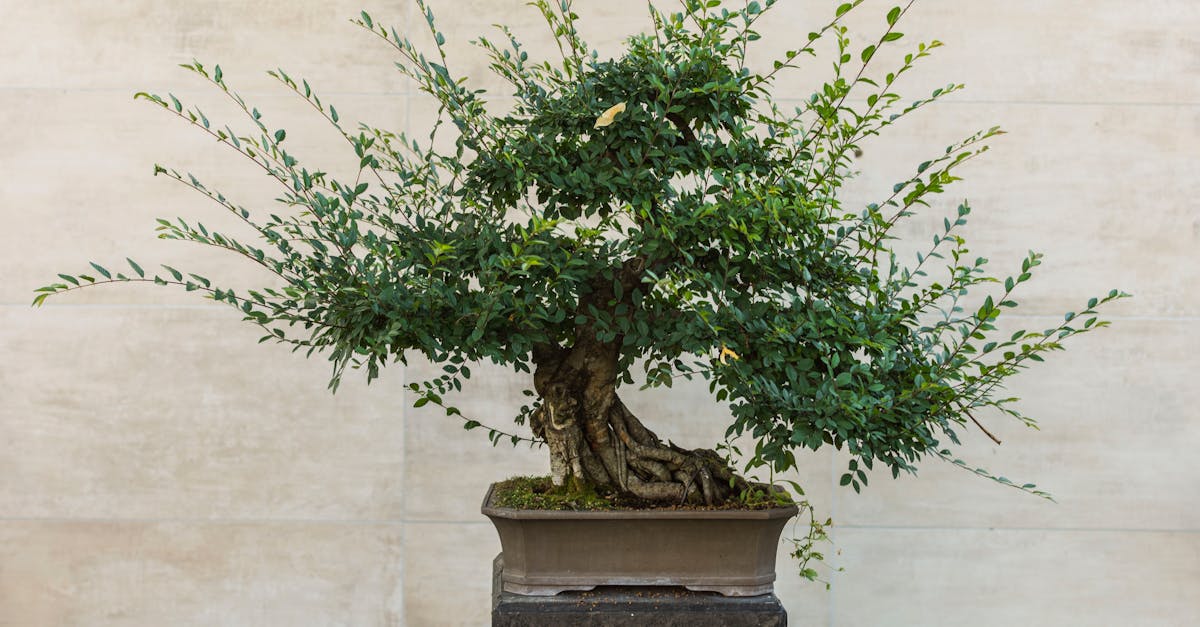
Advanced Techniques for Citrus Bonsai
For those seeking to elevate their citrus bonsai skills, this section unveils advanced techniques that can refine your miniature trees to new heights of artistry. These techniques require patience, precision, and a deep understanding of the art of bonsai, but the results can be truly breathtaking.
Creating Unique Trunk Styles
One of the most striking features of a citrus bonsai is its trunk style. By using advanced techniques such as jin, shari, and sabamiki, you can create unique and characterful trunks that add depth and interest to your bonsai. Jin refers to the art of creating deadwood on the trunk, while shari is the technique of removing bark to reveal the inner wood. Sabamiki involves carving or splitting the trunk to create a hollow or grooved effect.
Refining Foliage: Achieving Density and Refinement
The foliage of a citrus bonsai is another important element that contributes to its overall aesthetic appeal. By employing techniques such as leaf pruning, defoliation, and selective thinning, you can achieve dense, refined foliage that enhances the beauty of your bonsai. Leaf pruning involves removing excess leaves to improve the shape and density of the foliage, while defoliation involves removing all the leaves from the tree to stimulate new growth and promote ramification.
Fruiting Your Bonsai: Nurturing to Harvest
One of the most rewarding experiences in citrus bonsai cultivation is fruiting your tree. By providing the right conditions and care, you can encourage your bonsai to produce miniature citrus fruits that are not only beautiful but also edible. Fruiting your bonsai requires patience and attention to detail, but the results are well worth the effort.
Creating Unique Trunk Styles
Creating Unique Trunk Styles
The trunk of a citrus bonsai is a living canvas upon which you can create a work of art. By using advanced techniques such as jin, shari, and sabamiki, you can transform the trunk of your bonsai into a visually striking and characterful feature that adds depth and interest to the overall composition.
Jin is the art of creating deadwood on the trunk of a bonsai tree. This can be done by removing bark and exposing the inner wood, or by carving or splitting the trunk to create a hollow or grooved effect. Jin adds a sense of age and maturity to a bonsai tree, and it can also be used to create unique and eye-catching shapes.
Shari is a technique that involves removing bark from the trunk of a bonsai tree to reveal the inner wood. This can be done using a variety of tools, such as a chisel or a knife. Shari creates a striking contrast between the light-colored wood and the dark bark, and it can be used to highlight the natural beauty of the trunk.
Sabamiki is a technique that involves carving or splitting the trunk of a bonsai tree to create a hollow or grooved effect. This can be done using a variety of tools, such as a chisel or a gouge. Sabamiki adds a sense of movement and dynamism to a bonsai tree, and it can also be used to create unique and interesting shapes.
Refining Foliage: Achieving Density and Refinement
Refining Foliage: Achieving Density and Refinement
The foliage of a citrus bonsai is an important element that contributes to its overall aesthetic appeal. By employing techniques such as leaf pruning, defoliation, and selective thinning, you can achieve dense, refined foliage that enhances the beauty of your bonsai.
Leaf pruning involves removing excess leaves from your bonsai tree to improve the shape and density of the foliage. This can be done by hand-plucking individual leaves or by using small scissors to trim the leaves to the desired length. Leaf pruning should be done carefully to avoid damaging the tree, and it should only be done during the growing season.
Defoliation is a more drastic technique that involves removing all the leaves from your bonsai tree at once. This should only be done on healthy, mature trees, and it should only be done once a year. Defoliation stimulates new growth and promotes ramification, which can lead to denser, more refined foliage.
Selective thinning involves removing only certain leaves from your bonsai tree, such as old, damaged, or diseased leaves. This helps to improve the overall health and appearance of the tree, and it can also be used to create specific shapes or patterns in the foliage.
Fruiting Your Bonsai: Nurturing to Harvest
Fruiting Your Bonsai: Nurturing to Harvest
Fruiting your citrus bonsai is a rewarding experience that can bring you years of enjoyment. With the right care and attention, you can encourage your bonsai to produce miniature citrus fruits that are not only beautiful but also edible. While fruiting a citrus bonsai is not always easy, it is certainly possible with patience and dedication.
Factors Influencing Fruiting
There are a number of factors that can influence the fruiting of citrus bonsai, including the age of the tree, the variety of citrus, the amount of sunlight the tree receives, and the amount of water and fertilizer the tree is given. In general, older trees are more likely to fruit than younger trees, and certain varieties of citrus are more likely to fruit than others. Citrus bonsai trees that receive plenty of sunlight and are given the right amount of water and fertilizer are also more likely to fruit.
Pollination Techniques
Citrus bonsai trees are self-fertile, meaning that they do not need another tree to produce fruit. However, if you want to improve the chances of your tree fruiting, you can hand-pollinate the flowers. To do this, use a small brush or cotton swab to transfer pollen from the male stamens to the female pistil of the flower.
Harvesting
When your citrus bonsai fruits, it is important to harvest the fruit at the right time. The fruit should be fully ripe, but not overripe. If the fruit is harvested too early, it will be sour and tart. If the fruit is harvested too late, it will be mushy and bland. The best way to determine if the fruit is ripe is to taste it. The fruit should be sweet and juicy, with a slightly tart flavor.
5. Preserving the Legacy: Displaying and Showcasing Your Citrus Bonsai
Preserving the Legacy: Displaying and Showcasing Your Citrus Bonsai
Once you have successfully cultivated and styled your citrus bonsai, it is time to showcase its beauty and celebrate the culmination of your efforts. By creating captivating displays, preparing for exhibitions, and implementing proper preservation techniques, you can ensure that your miniature masterpiece will be enjoyed and admired for generations to come.
Creating Captivating Displays
When displaying your citrus bonsai, choose a pot and stand that complement the tree’s size, shape, and style. The pot should provide adequate drainage and aeration for the tree’s roots, while the stand should elevate the tree to an appropriate viewing height. Consider the overall composition and balance of the display, taking into account the tree’s foliage, trunk, and branches. Accessories such as rocks, moss, or figurines can be incorporated to enhance the visual appeal and create a miniature landscape.
Preparing for Exhibitions
If you plan to exhibit your citrus bonsai, it is important to prepare it meticulously. Prune and shape the tree to showcase its best features, and ensure that it is healthy and pest-free. Pay attention to the overall presentation, including the cleanliness of the pot and stand, as well as the condition of the accompanying display accessories. Familiarize yourself with the exhibition rules and regulations, and make sure your tree meets the required standards.
Selecting the Perfect Display: Enhancing Visual Appeal
Selecting the Perfect Display: Enhancing Visual Appeal
The choice of pot, stand, and accessories can greatly influence the overall presentation and visual appeal of your citrus bonsai. By carefully selecting each element, you can create a harmonious composition that accentuates the unique character of your miniature tree.
Choosing the Right Pot
The pot serves as a container for your bonsai’s root system and contributes significantly to the overall aesthetic. Select a pot that is proportionate to the size and style of your tree. The material, color, and shape of the pot should complement the tree’s foliage, trunk, and branches. Traditional bonsai pots are made of clay or ceramic, but other materials such as glazed porcelain, metal, or stone can also be used to create striking effects.
Selecting a Stand
The stand elevates your bonsai and provides a stable base for display. Choose a stand that is sturdy and visually appealing, and that matches the style of your pot. Wooden stands are a popular choice, but metal or stone stands can also be effective. The height of the stand should allow for easy viewing of the bonsai from multiple angles.
Preparing for Exhibitions: Showcasing Your Masterpiece
Preparing for Exhibitions: Showcasing Your Masterpiece
Preparing your citrus bonsai for an exhibition requires meticulous care and attention to detail. By following proper grooming techniques, ensuring safe transportation, and adhering to exhibition etiquette, you can showcase your miniature masterpiece with confidence and pride.
Pre-Exhibition Grooming
In the weeks leading up to the exhibition, focus on refining the appearance of your bonsai. Prune any excess foliage or branches to enhance the tree’s shape and structure. Check for pests or diseases and treat them promptly. Water and fertilize your bonsai regularly to ensure its health and vitality. Additionally, consider wiring or training specific branches to achieve the desired aesthetic.
Transportation
Transporting your bonsai to the exhibition requires careful planning. Secure the tree in a stable container to prevent movement and damage. Use soft materials, such as foam or tissue paper, to cushion the roots and branches. Avoid exposing your bonsai to extreme temperatures or direct sunlight during transportation.
Preserving Your Legacy: Long-Term Care and Succession
Preserving Your Legacy: Long-Term Care and Succession
Ensuring the longevity and vitality of your citrus bonsai requires a commitment to ongoing care and maintenance. Repotting, root pruning, and passing on your knowledge and passion to future generations are essential aspects of preserving the legacy of your miniature trees.
Repotting and Root Pruning
Repotting your citrus bonsai every 2-3 years is crucial for maintaining its health and vigor. Carefully remove the tree from its pot and gently loosen the root ball. Prune any dead or overgrown roots, and spread the remaining roots evenly in a larger pot filled with fresh bonsai soil. Water the tree thoroughly after repotting.
Passing on the Legacy
Sharing your passion for citrus bonsai with others is a wonderful way to preserve its legacy. Consider mentoring aspiring enthusiasts or volunteering at local bonsai clubs. By passing on your knowledge and skills, you can inspire future generations to appreciate and cultivate these miniature works of art.
How often should I water my citrus bonsai?
Water your citrus bonsai regularly, allowing the soil to dry out slightly between waterings. Avoid overwatering, as this can lead to root rot.
How much sunlight does my citrus bonsai need?
Citrus bonsai trees prefer bright, indirect light. Place your tree in a location that receives at least six hours of indirect sunlight per day.
How do I prune my citrus bonsai?
Prune your citrus bonsai regularly to maintain its desired shape and size. Use sharp, clean tools to make precise cuts.
How do I repot my citrus bonsai?
Repot your citrus bonsai every 2-3 years to maintain its health and vigor. Carefully remove the tree from its pot and gently loosen the root ball. Prune any dead or overgrown roots, and spread the remaining roots evenly in a larger pot filled with fresh bonsai soil.
How do I fertilize my citrus bonsai?
Fertilize your citrus bonsai every few weeks during the growing season with a balanced bonsai fertilizer.

